Is it possible to invest in gemstones and make a profit?
Investing in gemstones often makes the headlines usually in relation to those amateur savers who have been lured into parting with their savings by dishonest scammers presenting it as an easy option for making money. In fact, in July, the Financial Market Authority (AMF) in France released its blacklist of diamond investment companies, proof that the subject is being taken seriously. So, is it possible to invest in gemstones and make a profit?
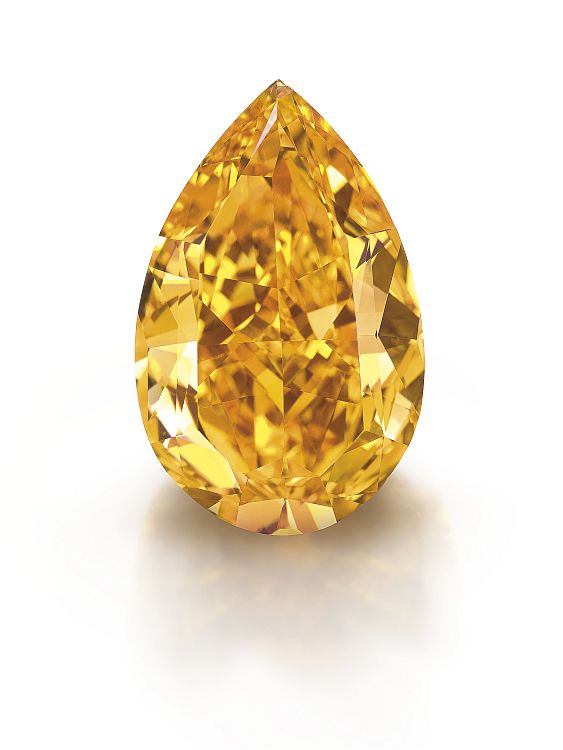
Image: Christie’s.
Does the investment stone exist?
The answer is yes but a true investment stone isn’t easy to find and requires some reliable advice about the quality, certification and provenance. It is essential that all the descriptive elements about the gem must be presented to prospective buyers on certified documentation. For example, a GIA certificate for a diamond or if it is a colored gem, documentation from one of the reputable gemological laboratories like SSEF, Gübelin, AGL, Lotus or GGTL.
Edahn Golan, a diamond industry expert says, “For a diamond to be fit for investment, buyers and sellers need to have a clear understanding of the value of the diamond at any given time. This so they can decide if to buy or sell. This trade can only happen in a trading environment. This is something that cannot take place in a store.”
It is important to remember that investing in a stone does not always mean you will make a significant profit on resale. As Emmanuel Piat, a top-quality gems dealer in Paris explains, “A beautiful stone can always sell but sometimes with little profit and in times of crisis an exceptional stone will always find a buyer even if it may be necessary to concede a loss.”
Meanwhile, Ronny Totah, GemGenève co-founder and gems-dealer specializing in natural pearls and Kashmir sapphires adds that, “precious stones should be bought for their beauty and especially the pleasure they can provide. It is true that some stones have gained value over the years, but what has happened may not happen again.” Therefore, it is advisable to be cautious.
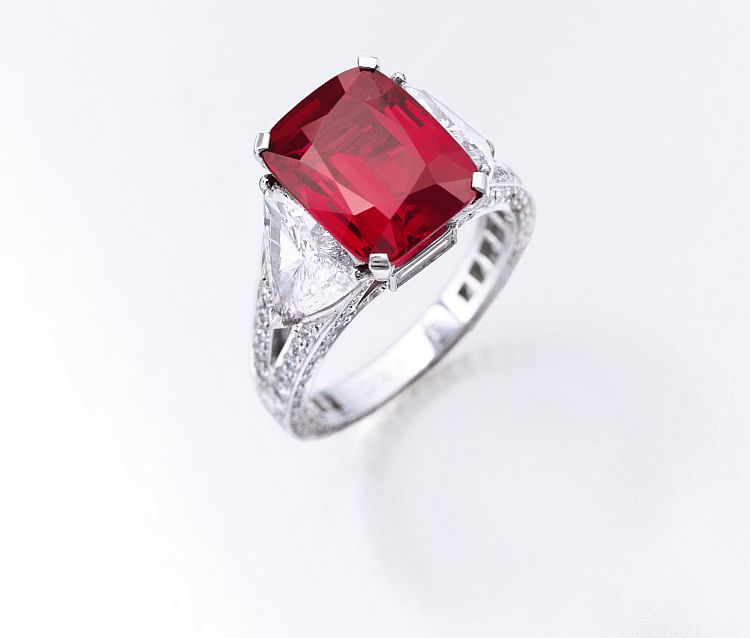
Diamond or colored gemstone?
Each category of top-quality gem can be an investment. Golan adds, “For a diamond of more than five carats, D color, IF and perfect polishing or color diamonds such as pink, red, orange, green or blue with a deep and evenly dispersed single color, these diamonds have a large market of investors. The constantly record-breaking prices for these gems demonstrate that they are an investment, and a good one too.”
The Bangkok-based Lotus laboratory follows and regularly publishes the prices realized at auction by rubies, sapphires and spinels showing that stones of more than five carats with perfect color and cut, desirable and with a historical provenance have obtained very good prices in auction since the end of 1980s. This price guide also shows that most of the stones were keep in safe-deposits for many decades.
The increasing scarcity of certain deposits sparks the attention of collectors. An interesting example is the 8.62-carat Graff Ruby, a stone from Burma. This gem was bought in 2006 by Graff for $3.6 million equating to $424,000 per carat. Set in a ring it was then sold to Greek financier Dimitri Mavromatis before being bought back by Graff for $8.6 million in 2014.
Totah concludes, “If we want to buy (and not invest) in gems, hoping that they will retain a part of the value we should move towards relatively rare stones. The rarer a stone is, the more it will be desired during a possible resale.” You have been warned!
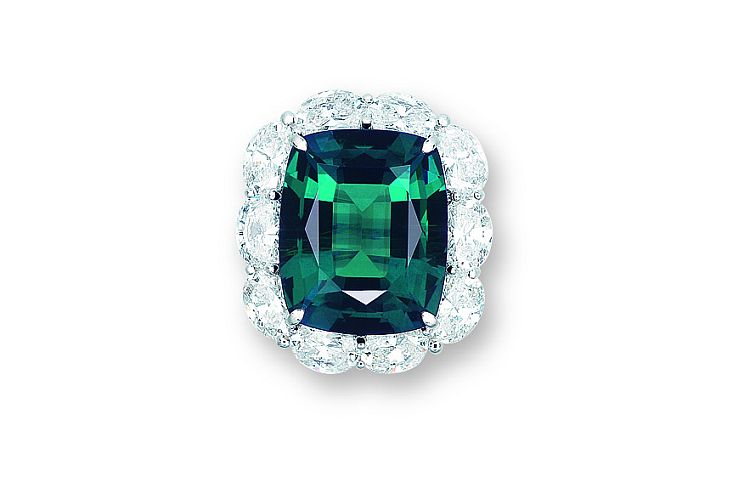
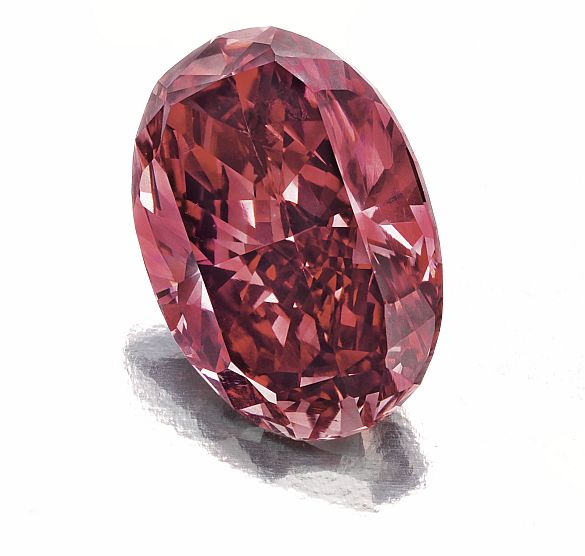
Main image: The Hope Spinel. Originating from Tajikistan, the 50.13-carat gem belonged to the Henry Philip Hope collection and didn’t appear on the market since 1917. Estimated at $220,000-300,000 it sold for $1.4 million at Bonhams in 2015, reaching $30,000 per carat and setting a new world record for a spinel. Image: Bonhams.

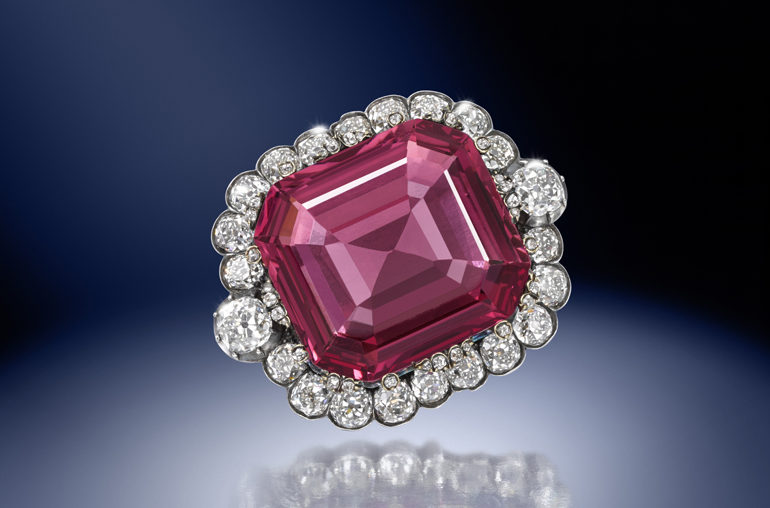
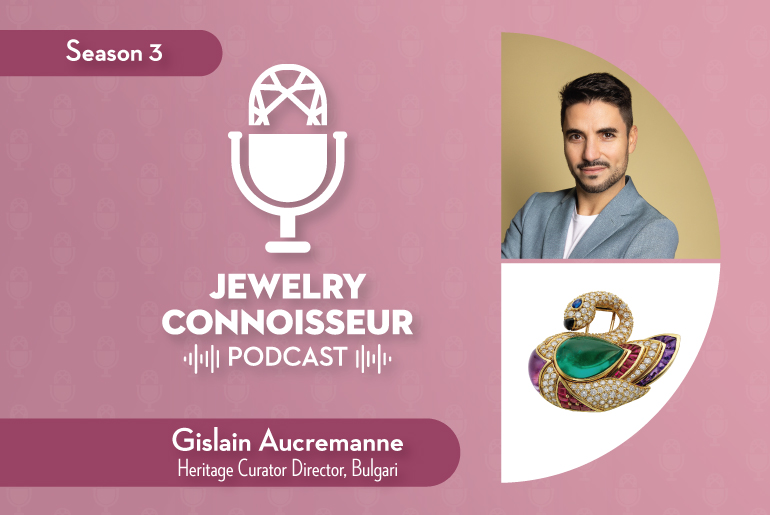

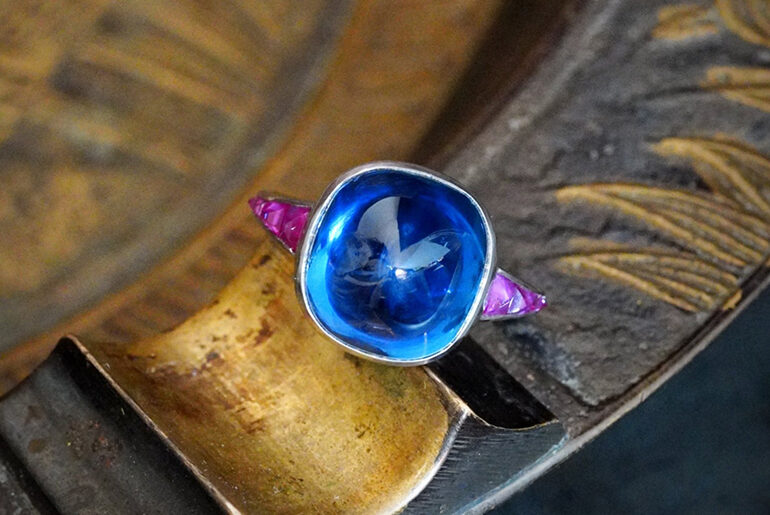
Comments are closed.